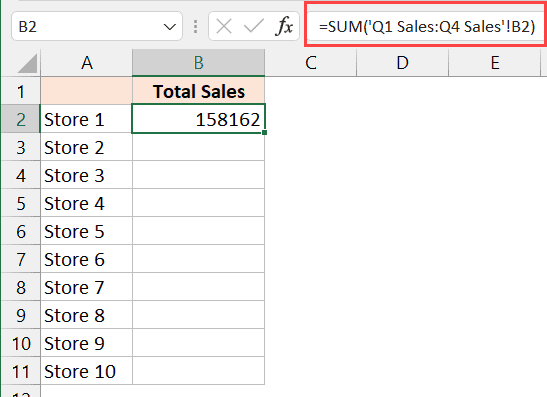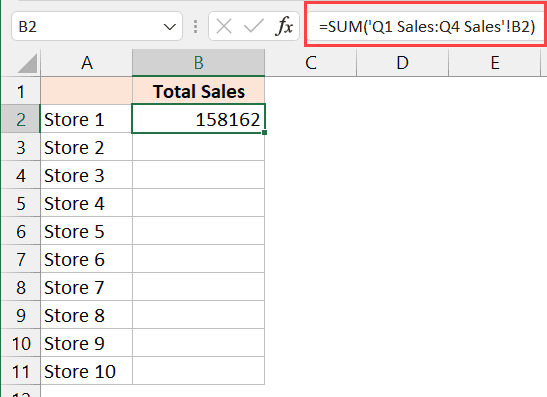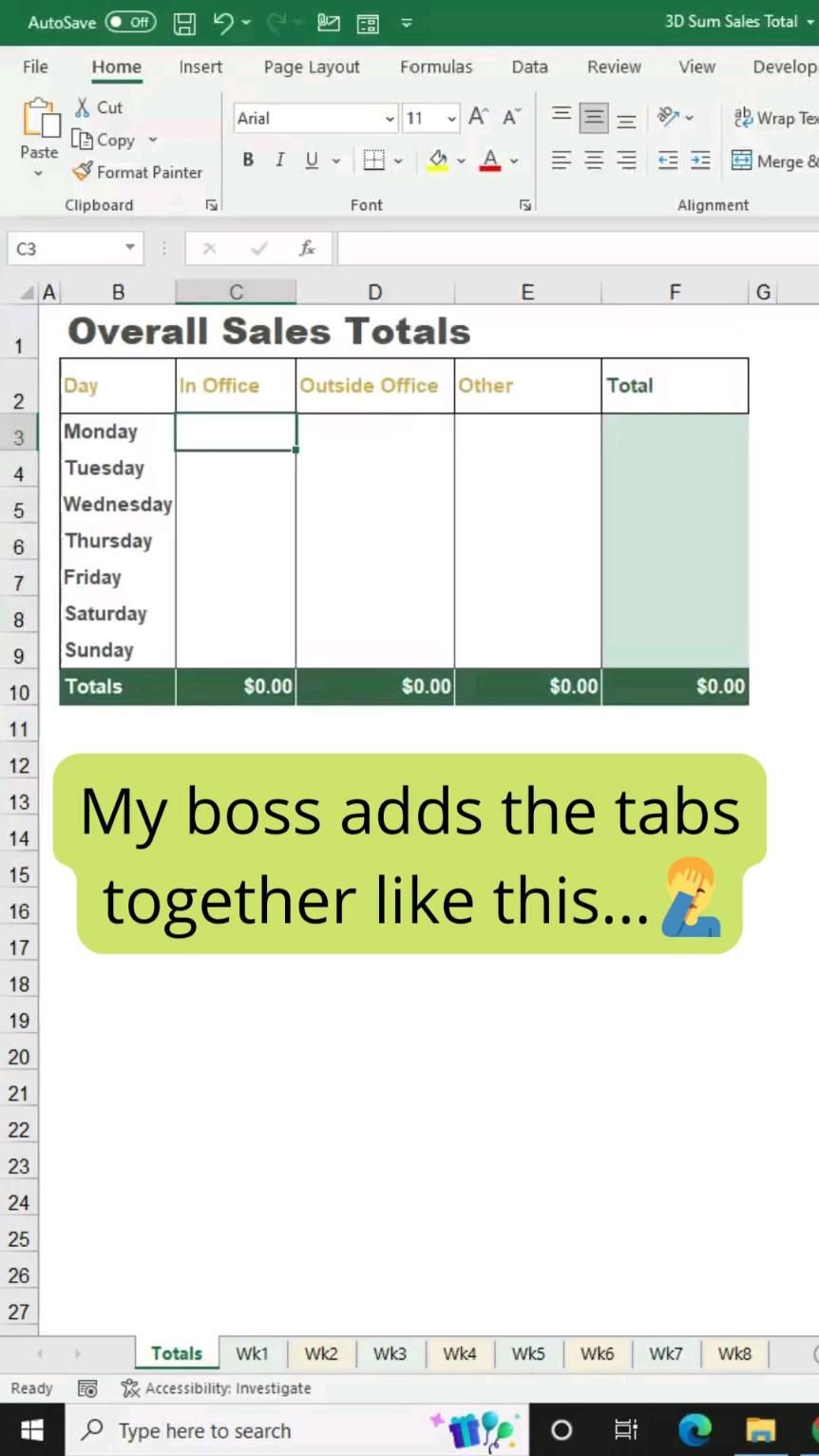5 Ways to Sum Fields Across Excel Sheets Easily

In the world of data analysis and management, Microsoft Excel remains a powerhouse tool, especially when it comes to handling data across multiple sheets. Whether you're consolidating financial reports, compiling data from different departments, or tracking project progress, knowing how to sum fields across Excel sheets efficiently can save you hours of manual work. Here are five effective ways to accomplish this task:
1. Using 3D Sum Function


The 3D Sum Function in Excel is incredibly useful for summing data across multiple sheets:
- Select the cell where you want the sum to appear.
- Enter =SUM(.
- Click the first sheet tab you wish to sum, hold the Shift key, and click the last sheet tab to select all sheets in between.
- Then, select the range of cells you want to sum. For instance, if you want to sum cells from A1 across all sheets, it would be A1:A1.
- Finish by closing the parentheses and press Enter. Your formula might look something like =SUM(Sheet1:Sheet5!A1).
2. Consolidate Feature


Excel’s Consolidate feature is another powerful tool for summarizing data from multiple worksheets:
- Go to the Data tab and click Consolidate.
- Choose the function you want to use, like Sum, then in the ‘Reference’ box, start adding the ranges from different sheets.
- Repeat this process for all sheets, ensuring to add references correctly.
- Choose where you want the consolidated data to be displayed, either in a new sheet or an existing one.
3. Using Vlookup Across Sheets


The VLOOKUP function can also sum across sheets with a little creativity:
- In the sheet where you want the sum, use a VLOOKUP to fetch data from another sheet.
- Sum the results of these VLOOKUP functions:
=VLOOKUP(“Criteria”,Sheet1!A:B,2,FALSE) + VLOOKUP(“Criteria”,Sheet2!A:B,2,FALSE)
🔍 Note: This method requires each sheet to have a consistent layout.
4. Sum Across Sheets with Power Query


For more complex scenarios, Power Query can combine and sum data across multiple sheets:
- Go to Data > Get Data > From File > From Workbook.
- Navigate to your workbook, load all sheets you need into Power Query.
- Use Power Query’s interface to combine the data and apply transformations before summing.
- Load the transformed data back into Excel as a table or range.
5. Macro Automation


Create a VBA macro for complex, repetitive summing tasks:
Sub SumAcrossSheets()
Dim ws As Worksheet, sumCell As Range, total As Double
total = 0
Set sumCell = ThisWorkbook.Worksheets(“Summary”).Range(“A1”) ‘ Change to your summary sheet and cell
For Each ws In ThisWorkbook.Worksheets
If ws.Name <> “Summary” Then ’ Skip the summary sheet
total = total + ws.Range(sumCell.Address).Value
End If
Next ws
sumCell.Value = total
End Sub
💡 Note: VBA macros can automate most Excel tasks, but require some programming knowledge.
The techniques outlined above offer various pathways to efficiently sum fields across multiple Excel sheets. Whether you're dealing with a small set of data or large, complex datasets, there's a method here to suit your level of expertise and the intricacy of your task. For beginners, using functions like 3D Sum or Consolidate might be most straightforward. For those needing more advanced solutions or looking to automate frequent tasks, diving into Power Query or VBA macros can unlock significant time-saving benefits.
What is the difference between using the 3D Sum and Vlookup methods for summing across sheets?

+
The 3D Sum function adds up the same cell references across multiple sheets, while Vlookup fetches specific values based on criteria, which you then manually sum. 3D Sum is more straightforward when summing identical ranges.
Can I sum data from sheets where the sheet names change dynamically?

+
Yes, VBA macros can dynamically reference sheets regardless of their name. You can use a loop to go through all sheets or check for specific conditions.
Are there any limitations when using the Consolidate feature?

+
Yes, Consolidate works well when the data structure is uniform across sheets. If sheets have different layouts or ranges, you might need to adjust your approach or clean the data first.
How do I handle summing data across sheets in different workbooks?

+
For data from different workbooks, you can use external references in formulas, Power Query to import data, or write VBA code to loop through open workbooks and sum values.



